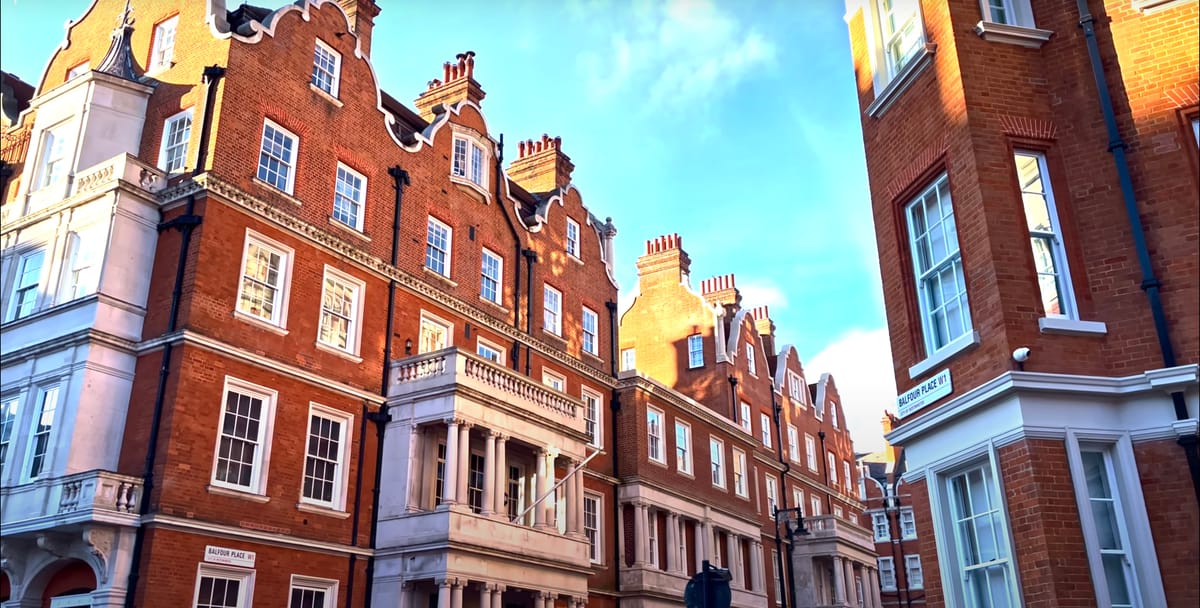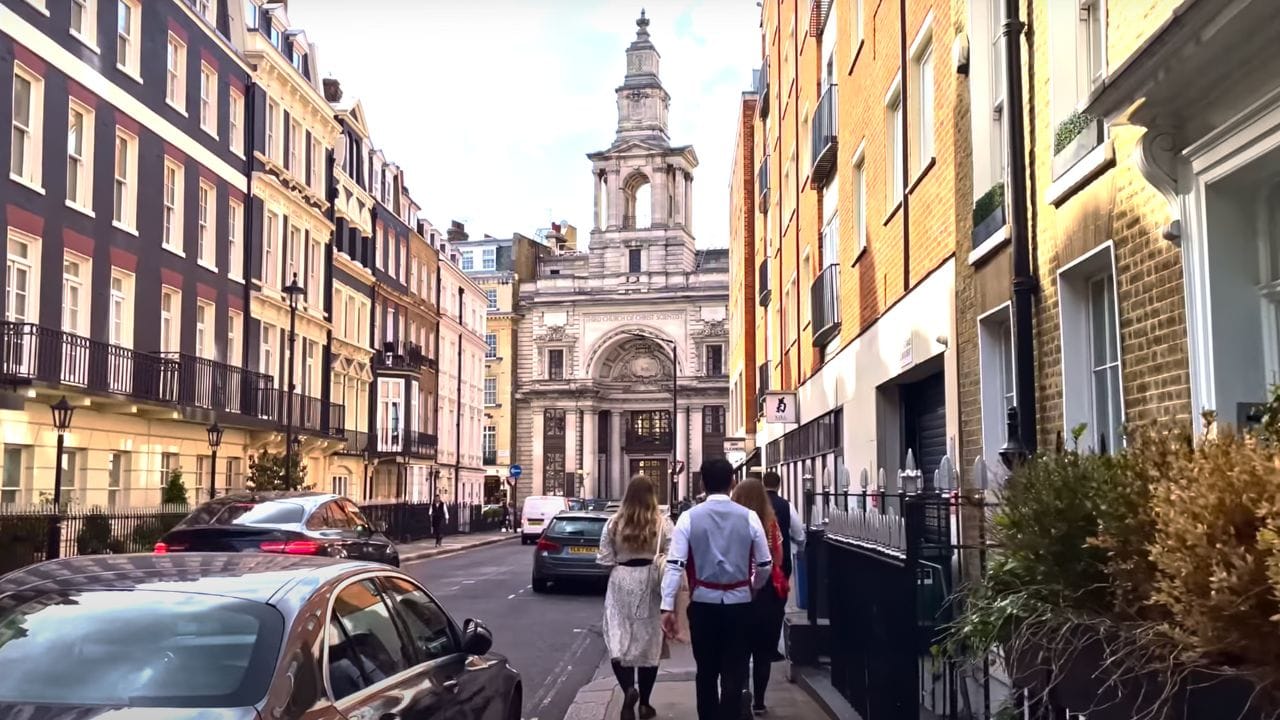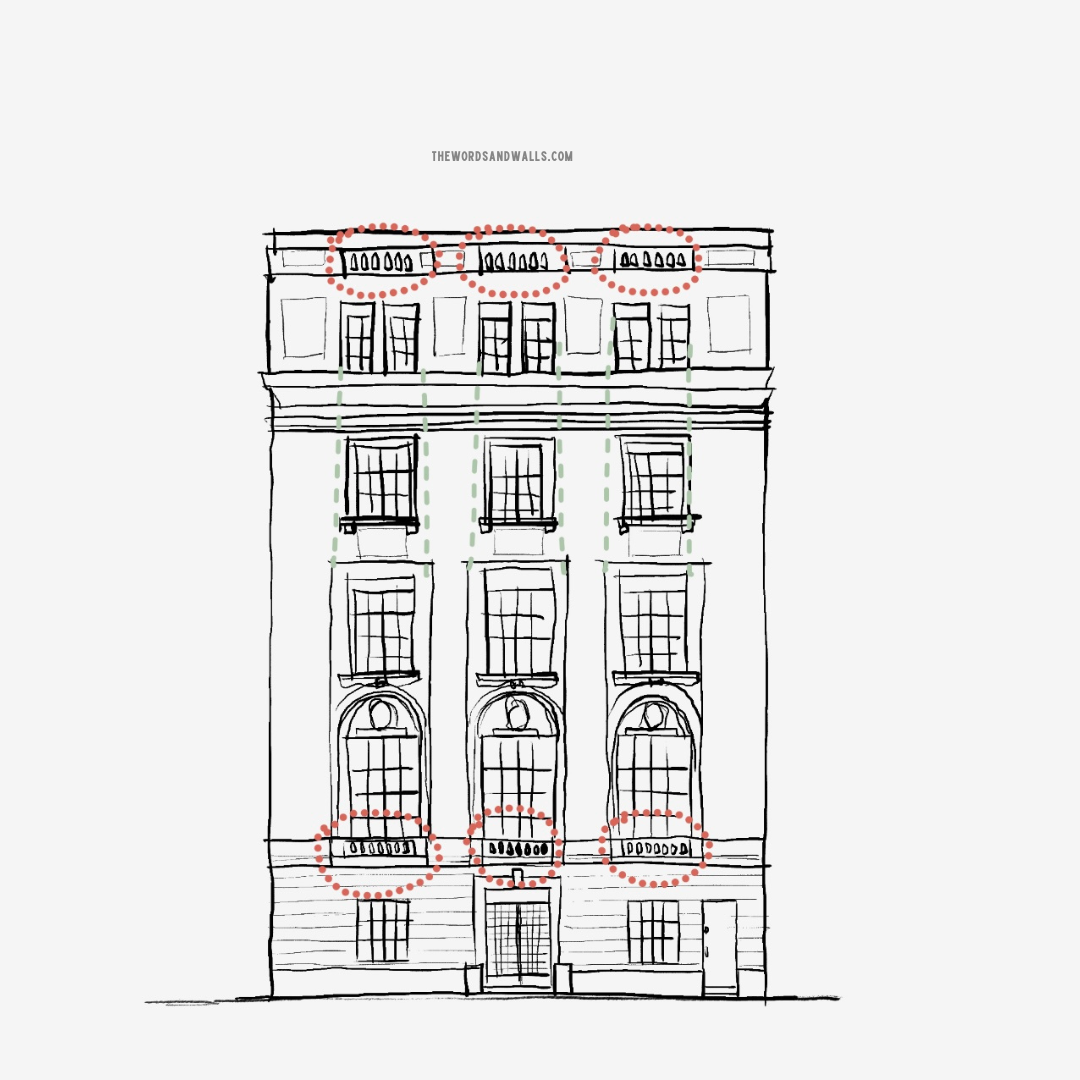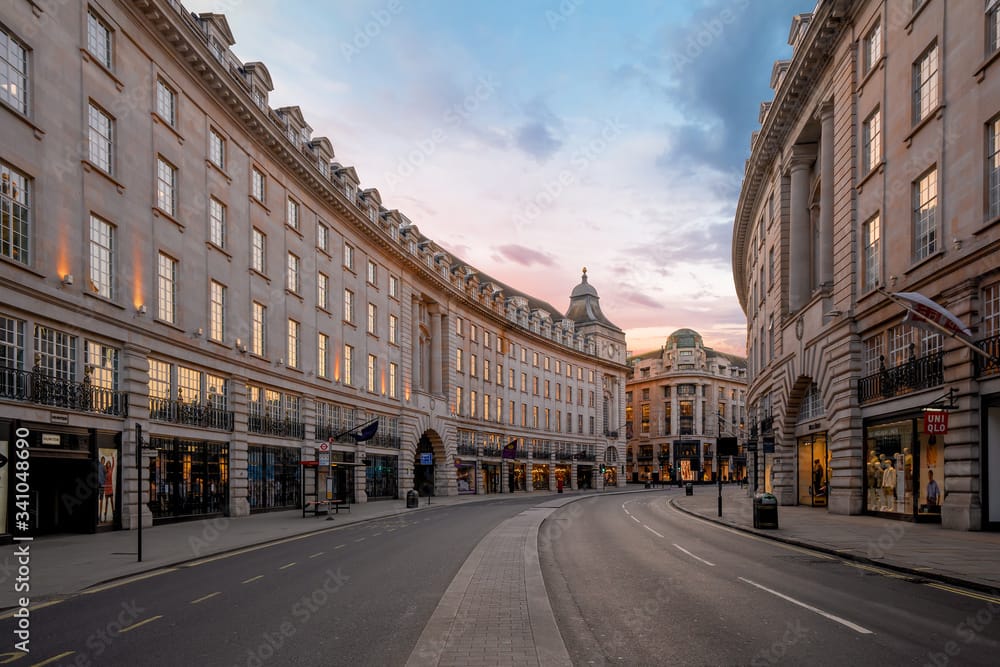The Logic of Classical Spaces: Understanding Architectural Beauty.

The job of the architect is to preserve what is best in a city and to add what is best for the city's future. —Robert A.M. Stern
In recent years, the word "beauty" has virtually disappeared from our architectural vocabulary. While we still use "beautiful" to describe people, flowers, or classical buildings, it's not as common when talking about contemporary architecture.
But is the word important? Does it matter what words we use?
Imagine strolling down Alford Street, Mayfair, and coming across a house that makes you say, "Wow, that's beautiful! Why don't we build houses like this anymore?"

Then, a modernist architect walking with you interjects, "Well, that style doesn't suit our modern needs anymore. We must embrace new technology and create structures that reflect the spirit of our current era. However, we can certainly preserve these heritage properties."
What can you possibly say after that? You might feel unprepared to debate, lacking the expertise or the terminology to back your opinion.
But it's not as complicated as it seems or sounds. Much of architecture sounds complex to increase an architect's prestige, but beauty in architecture is not entirely subjective; it's mostly objective.
Almost everyone finds most parts of London to be picturesque, which simply means beautiful. It's common sense.
Most people haven't gone to architecture school, yet they can instantly tell whether a building is beautiful or ugly. They may not articulate precisely what makes it beautiful, but they know it.

Now, beauty in architecture is made up of many different philosophies, but one that stands out the most is the concept of readability.
"Classical architecture is the most enduring because it is the most logical, the most rational, and the most universally comprehensible. It is based on a clear, simple system of proportion and order that can be applied to any building type or scale, in any climate or culture." — Quinlan Terry, Architect
Readability is when you get a good overview and grasp of the building without trying too hard. You can quickly spot the top, middle, and bottom parts because they're clearly defined.
Symmetry
Our brains are wired to appreciate symmetry because it represents balance and harmony. When a building has symmetrical features, like evenly placed windows or matching columns on either ends, it feels visually pleasing and comforting. This sense of order adds to the readability of the building's design.
Balance
Balance in architecture refers to the distribution of visual weight, once again, creating a sense of stability and harmony. Balance can be achieved through symmetry, but it can also be achieved through other means, such as the arrangement of forms, colors, or textures.

(Note: the misconception that balance always requires symmetry is just that – a myth. While symmetry is a common feature in classical design, it's not an absolute requirement, in fact deviating from strict symmetry can often increase a building's beauty and functionality.)
Coherence
A building with a coherent design feels unified and well-integrated, with each element working together to create a harmonious whole. Where nothing feels out of place, all decisions are made in parallel. There are no misfits!
Rhythm
Rhythm is the repetition of elements to create a sense of movement and flow. This is achieved when elements, patterns, colors, shapes, or textures appear repeatedly in a space or object. Our brains are really good at noticing and organizing patterns. Rather than perceiving each individual element separately, our brains group together similar elements that form part of the rhythm.
This grouping allows us to process the information more quickly and easily, leading to a smoother and more enjoyable experience of the space.

All of these principles and more fall under the umbrella term "order." Just as a chef follows a recipe to combine flavors and textures, an architect uses the concept of order to organize and arrange different elements to achieve a harmonious and visually pleasing result.
The argument goes that classical architecture can't be built anymore because it's too expensive, there are no craftsmen, and a whole host of other excuses. And these excuses seem valid enough for us to let go of the idea of the architecture that we actually want.
But there are hundreds of new classical buildings being built every year, and that's enough proof to know it can still be done.
So, whether you’re an architect or simply someone who passes buildings on your way to work, take a moment. Observe the structures that are around you. How do they make you feel? What elements resonate with you, and which ones fall flat? You might be surprised that your reactions are not unique, that there’s a common thread in our collective experience of architecture.
Because, whether we admit it or not, beauty has a standard.
It’s not entirely in the eye of the beholder. There’s a pattern, a set of principles, that transcends personal preference.
In the end, beauty is a shared language. It’s not just about what one person likes. It’s about what we all see and feel together.
Beauty is more than a choice; it’s our common ground.
